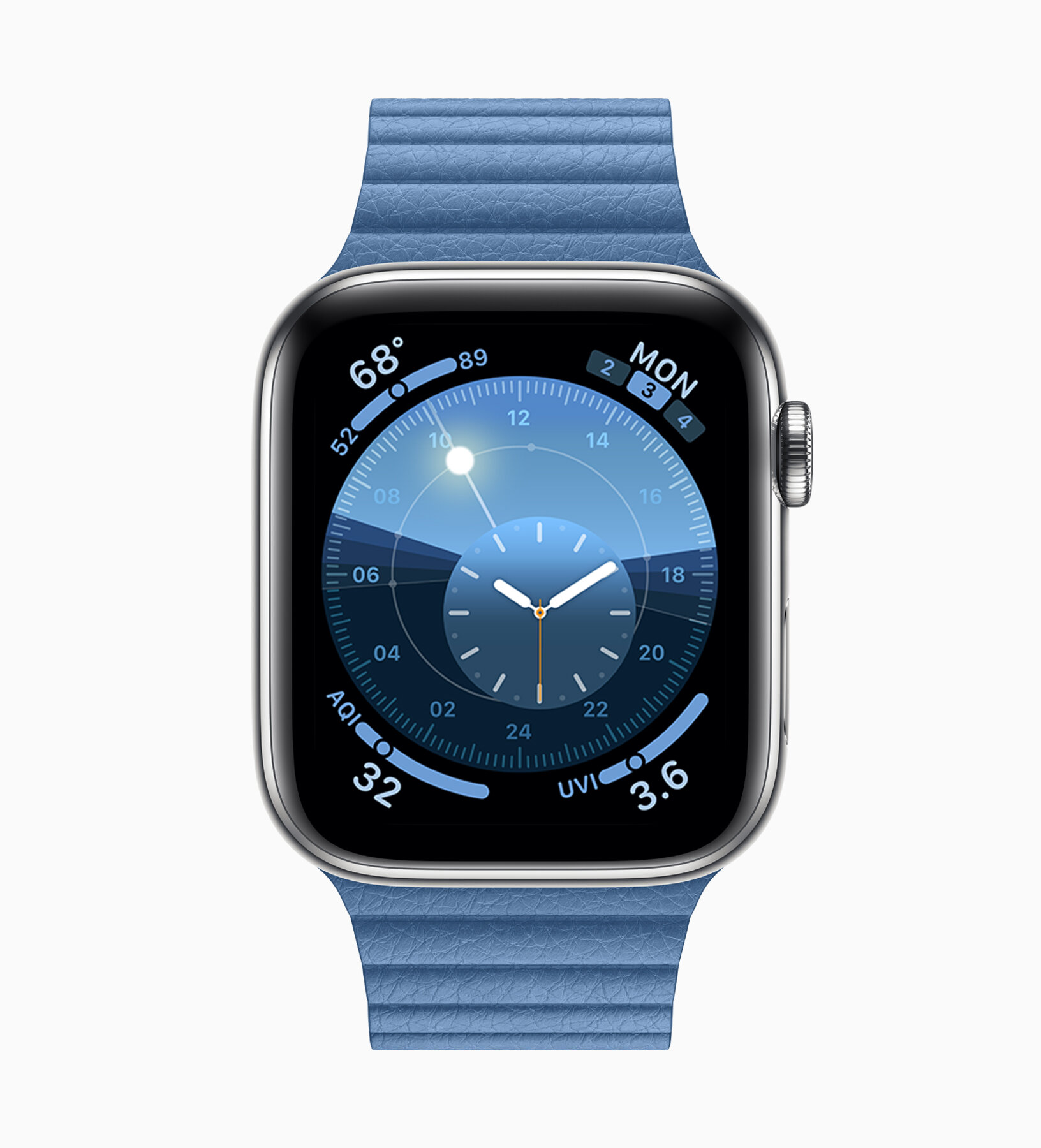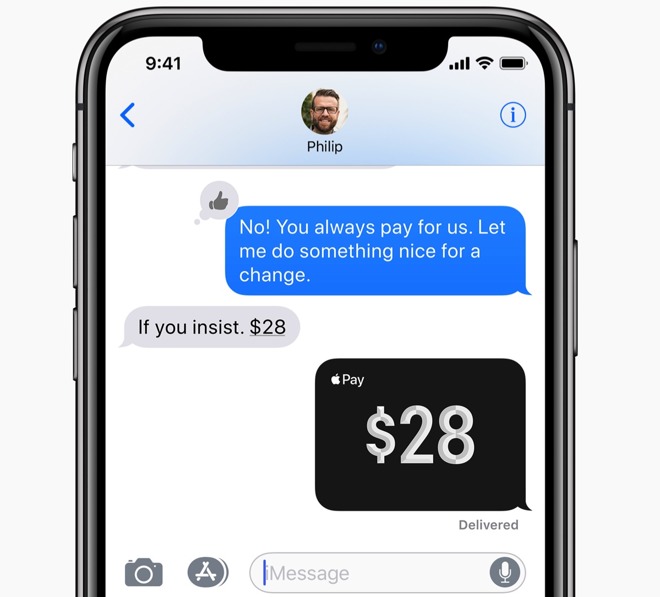With its Highest Quarterly Results, Apple Leads the way as iPhone, Wearables and Services Drive Sales
Image via Apple
At the end of last month, Apple reported record first quarter results for 2020 ending December 28, 2019. With a quarterly revenue of $91.8 billion — a new record for Apple — the quarterly earnings show an increase in 9 percent from a year ago, with quarterly earnings at $4.99 per diluted share up as much as 19 percent. 61 percent of earnings came from international sales.
“We are thrilled to report Apple’s highest quarterly revenue ever, fueled by strong demand for our iPhone 11 and iPhone 11 Pro models, and all-time records for Services and Wearables. During the holiday quarter our active installed base of devices grew in each of our geographic segments and has now reached over 1.5 billion. We see this as a powerful testament to the satisfaction, engagement and loyalty of our customers — and a great driver of our growth across the board.”
Image via Apple
Apple’s board of directors also offers a cash dividend of $0.77 per share of the Company’s common stock, payable on February 13, 2020 to shareholders of record as of close of business on February 10, 2020.
“Our very strong business performance drove an all-time net income record of $22.2 billion and generated operating cash flow of $30.5 billion. We also returned nearly $25 billion to shareholders during the quarter, including $20 billion in share repurchases and $3.5 billion in dividends and equivalents, as we maintain our target of reaching a net cash neutral position over time.”
Warren Buffett’s Apple Investment Pays Big, Offsets Newspaper Losses
Apple’s emergence as an investment powerhouse is evident in the Oracle of Omaha’s investment. Warren Buffett, CEO of Berkshire Hathaway has had a significant quarter himself, divesting himself of his beloved newspaper holdings entirely, which has operated at a loss while gaining big on his Apple investment. Buffett first invested $17 billion in Apple in 2012. Since then, he has increased his holdings. His latest investment raked in over $75 billion, recouping any losses from his newspaper investments. Buffett was committed to the newspaper industry despite declining sales and had been a paper boy, delivering Washington Post newspapers as a thirteen-year-old in Washington D.C. as a kid while his father served in Congress. The divestiture is significant as it reveals an acceptance of a changing publishing industry. At the same time, his increase in holdings in Apple also shows the veteran investor’s belief in the company, despite publicly acknowledging that he does not have a keen understanding of technology. Buffett shared that he valued the innovative products and recognized their profitability but was uncertain of how technology businesses would fare over a decade or more.
His perception of Apple is evident in the 2012 shareholder meeting for Berkshire Hathaway.
“I think Apple is much more of a consumer products business, in terms of analyzing the moat around it, and consumer behavior, and all that sort of thing. It’s obviously a product with all kinds of tech built into it. But in terms of laying out what their prospective customers will do in the future, as opposed to, say, IBM’s customers, it’s a different sort of analysis.”
His support shows that Apple has succeeded in creating a reliable business model based on strong business fundamentals — a key factor for any investment according to Benjamin Graham’s “The Intelligent Investor,” a book that Buffett and many other notable investors considers his own personal guide to investment.
Both Warren Buffett and his long-time investment partner, Charlie Munger, expanded on this further more recently in the 2018 investment meeting.
Fiscal 2020 Quarter Guidance
“I think it’s extremely hard to find acquisitions that would be accretive to Apple that would be in the $50 billion, $100 billion, or $200 billion range. They do a lot of small acquisitions. And, I’m delighted to see them repurchasing shares. We own 250 million or so shares. They have, I think, 4.9 billion shares. We own 5% of it. But I figure with the passage of a little time we may own 6% or 7% simply because they repurchase shares. And I find that if you’ve got an extraordinary product and ecosystem, I love the idea of having our 5%, or whatever it may be grow to - 6% or 7% - without us laying out a dime. I mean, it’s worked for us in many other situations. But you have to have some very, very, very special product, which has an enormously widespread ecosystem, and the product’s extremely sticky, and all of that sort of thing. And they’re not going to find $50 billion or $100 billion dollar acquisitions that they can make at remotely a sensible price that really become additive to that ... As I look around the horizon, I don’t see anything that would make a lot of sense for them in terms of what they’d have to pay and what they would get. Whereas I do see a business that they know everything about, and where they may or may not be able to buy it at an attractive price when they repurchase their shares. That remains to be seen...From our standpoint, we would love to see Apple go down in price...So, we very much approve of them repurchasing shares.”
For its upcoming fiscal 2020 second quarter, Apple provides the following guidance:
revenue between $63.0 - $67.0 billion
gross margin between 38.0- 39.0 percent
operating expenses $9.6 - $9.7 billion
other income/(expense) of $250 million
tax rate of approximately 16.5 percent
Apple offers live streaming of its Q1 2020 financial results at www.apple.com/investor/earnings-call/ available for up to two weeks after its announcement on January 28th. More information is also available at apple.com and its investors relations website, investor.apple.com.








